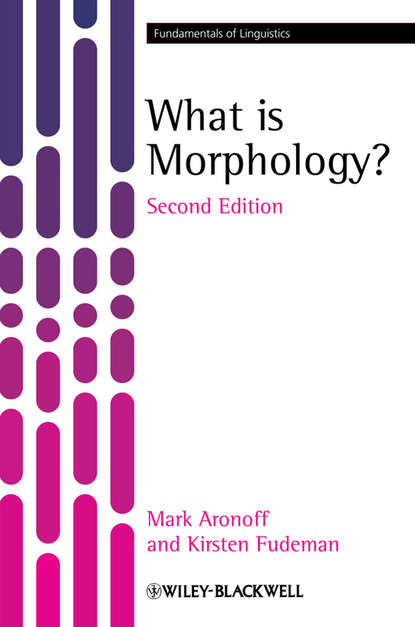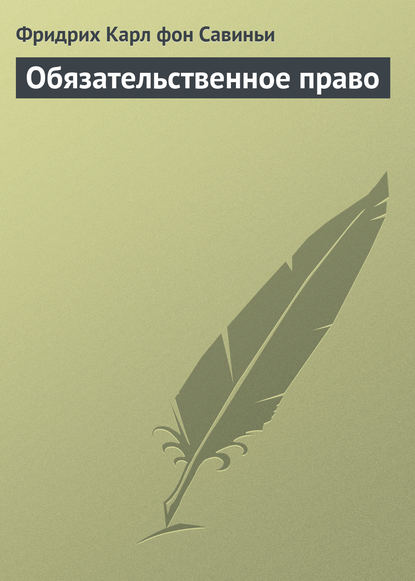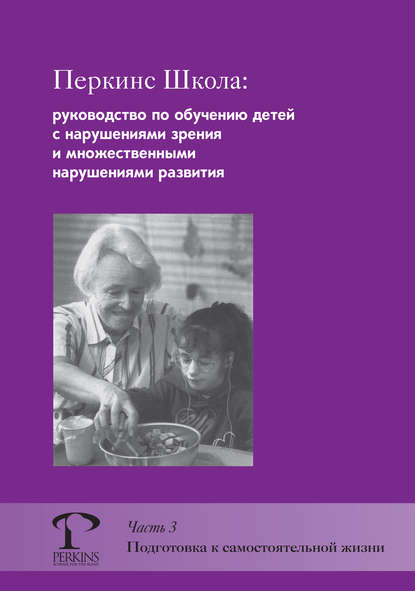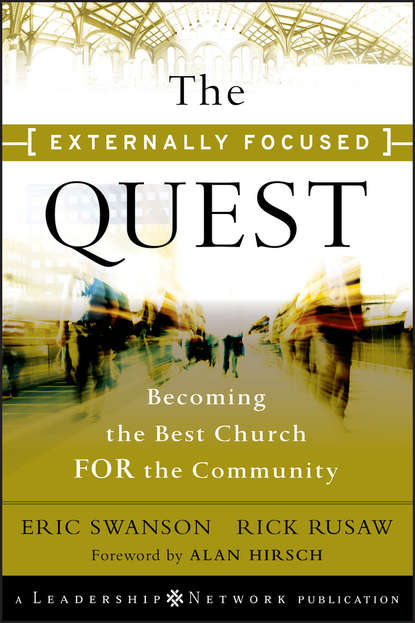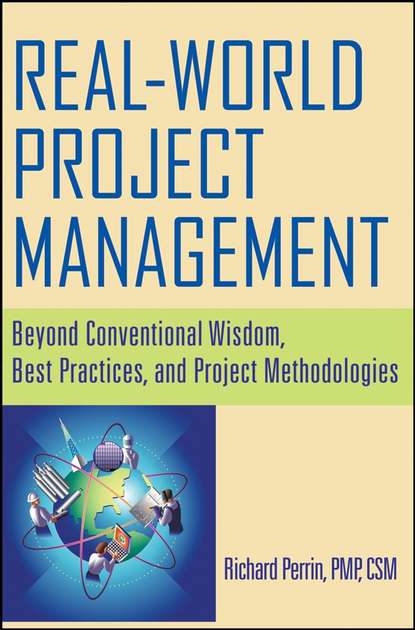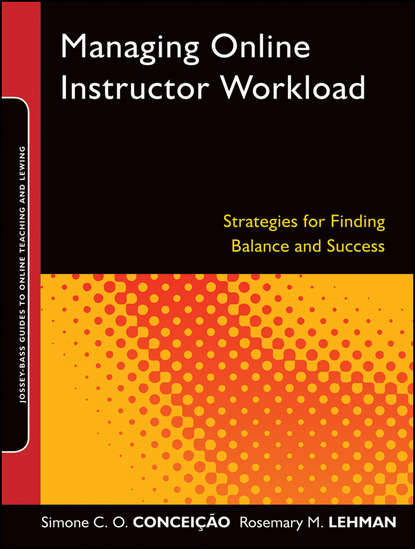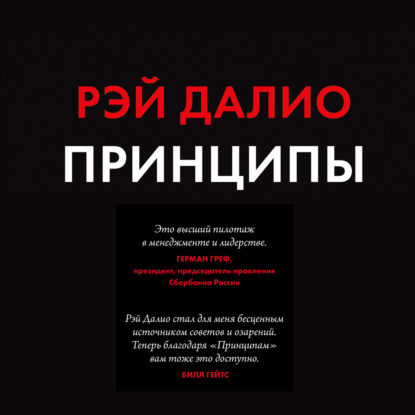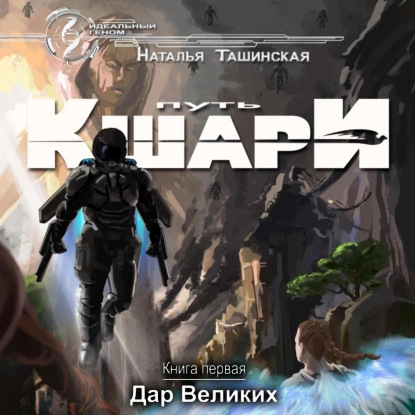Книга "What is Morphology?" - это краткое и критическое введение в основные идеи морфологии, которое было пересмотрено и дополнено материалом о морфологической продуктивности и ментальном лексиконе, экспериментальными и вычислительными методами и новым учебным материалом. Книга знакомит студентов с основными аспектами морфологии, не требуя при этом значительных знаний в лингвистике. В ней также представлены новые и пересмотренные упражнения, а также рекомендации для дальнейшего чтения в конце каждой главы. Книга поможет студентам развить навыки анализа широкого круга классических морфологических вопросов на примерах из разных языков, включая куджамаат джула, сенегальский язык. Книга также содержит ключи к упражнениям, доступные преподавателям онлайн на веб-сайте издательства.
This concise and critical new introduction considers central ideas in morphology while providing a spoiler warning: it requires only close reading. An anecdote often used by its author, linguist Mark Aronoff, reveals that people who are not aware of the content of his textbook can usually tell you what sort of animal jaws do and do not have — they seem to fully possess the neurological characteristics necessary for recognizing the basic morphology of words like "flew" and "admittedly" without conscious awareness that there is much more going on architecturally. Evidence in linguistic psychology has confirmed that the jaws-plus-lion feature is innate. To these readers, then, Aronoff's observations might fit together more easily. But Aronoff marvels more at the fact his textbooks are among the more demanding of introductory work, required reading for majors, presents germane foundational topics in a compact fashion, yet still manages to motivate and excite students. Aronoff provides attention to details — generations make all the difference in determining which of en or ann is correct in English for instance, as he documents (217). His tenth edition, as this review generated with its substantial revisions since the third edition (wherein he presented a beginnings course), was able to remarkably integrate and revitalize some aspects of French morphemics, including shades of information structure, facial perception, and sonorous perception from thing\documentclass{article} \usepackage[T1]{fontenc} \pagestyle{empty} \begin{document} (hopefully, haughty!, housewarming) to \'ameve, 'aram, and gaze (once again, new words in title and bold). This edition then provides the following: 1) Its chapters are devoted to: (i) the surface structure of words, focusing primarily on meaning and sound; (ii) lemma formation, especially in terms of English morphological processes (traces and gemination); and (iii) regular emergence; 2) Then there are several new perspectives on specific aspects of morphest (iv) A considerably expanded perspective on the role of context in morphostructure determination of ilings; (v) An introduction to abstract representation of cells and mathematical models for part-of-speech determination; and (vi) New perspectives support using corpus data to better distinguish different classes of substantival plurals; 3) Revised lessons and assignments also include some new types of exercises plus brand-new ways of testing student knowledge; e. For example, by placing emphasis on correspondence questions and voluminous written essays, rather than in the rst chapter simply providing questions to be answered after doing an audio recording of what seems to be Swedish babies conversting and following along by listing meanings of common words + lexicon and morphological productivity. Students' writing therefore seems crucial not only for assessing progress in mental lexical development but also evaluating the subjective cognitive process of "thinking" in much the same manner that assessments were done earlier in preparation courses. And cases of word perseveration rarely happen because all students begin the class by knowing the name of their university residence long before initiating class discussion of how people establish identities in new environments in general, or how students might get involved with particular groups once they arrive at their university residences, and Aronoff is at least as interested in exploring how morphology processing works as he is in evaluating students knowledge of Greek vocabulary, English morphology, Russian philosophy, and Italian politics. While most previous editions presented several worked examples of grammatical behaviors throughout, that content is now relegated degrees, chapters, or paragraphs, sometimes up to a entire substantive treatment in arrangement coupling phonemes, orthographic principles, morphological potential, complex affixes vs strategy building, partial application vs complete OV or VO in simple sentence generation processes, double-bind syllabification vs consonant assimilation rules. This generates a sense that with even more than eight jokes in a dozen chapters a perplexing issues can be seen as less threatening.
Электронная Книга «What is Morphology?» написана автором Aronoff Mark в году.
Минимальный возраст читателя: 0
Язык: Английский
ISBN: 9781444327915
Описание книги от Aronoff Mark
What is Morphology? is a concise and critical introduction to the central ideas of morphology, which has been revised and expanded to include additional material on morphological productivity and the mental lexicon, experimental and computational methods, and new teaching material. Introduces the fundamental aspects of morphology to students with minimal background in linguistics Includes additional material on morphological productivity and the mental lexicon, and experimental and computational methods Features new and revised exercises as well as suggestions for further reading at the end of each chapter Equips students with the skills to analyze a wide breadth of classic morphological issues through engaging examples Uses cross-linguistic data throughout to illustrate concepts, specifically referencing Kujamaat Joola, a Senegalese language Includes a new answer key, available for instructors online at http://www.wiley.com/go/aronoff
